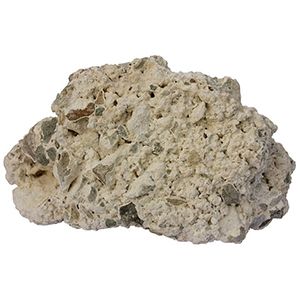
Finest Natural Stones From Quarries All Over The World
Call Us: +90 262 330 00 37
Email: [email protected]
NATURAL STONE SALE
Sepetlipinar Mah. Arpalik Cad. Kucuk San. Sitesi No:118/1 Ic Kapi No: 11 Basiskele KOCAELI - TURKEY
Jura Beige
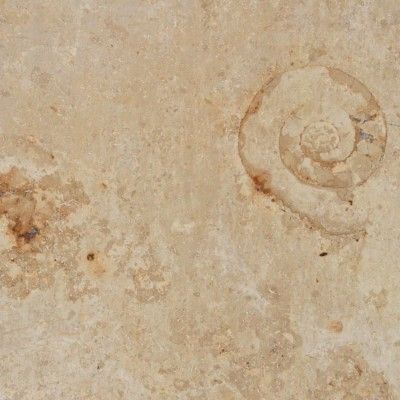
Jura Blue

Moca Creme Honed

Limestone as BLOCK
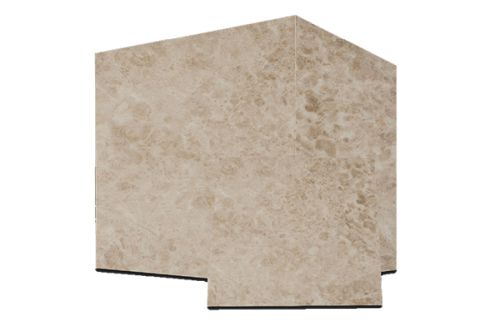
*Please write in details your purchasing option while contacting us.
*Products colors and variety may differ depending on our available stock.
Limestone as SLAB
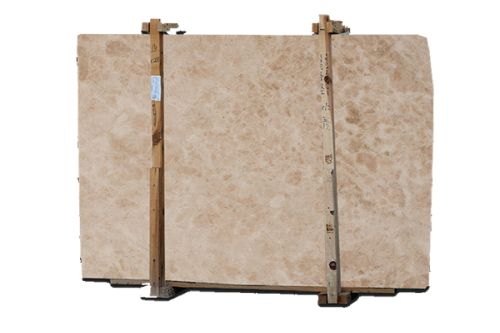
*Please write in details your purchasing option while contacting us.
*Products colors and variety may differ depending on our available stock.
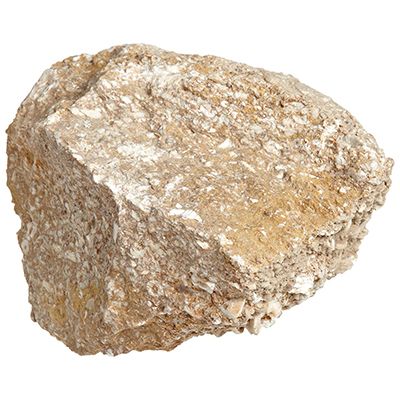
FINDING QUARRY
EXTRACTION PROCESS
CUTTING PROCESS
After all these processes of harvesting of limestone, prepared end products can finally meet their buyers in various colors.
White Limestone

Beige Limestone

Light Grey Limestone

Dark Grey Limestone

| VALUE |
*Limestone, like marble and other calcareous stones, are referred to as acid sensitive.
**Calcareous stones are readily dissolved in acid, therefore acidic products should not be used on limestone and marbles.

*The Great Pyramid of Giza, one of the Seven Wonders of the Ancient World had an outside cover made entirely from limestone.
Chalk
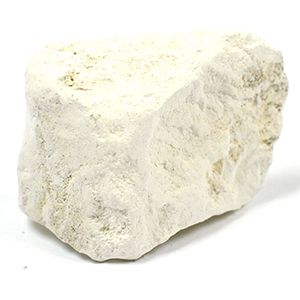
CHALK
Coquina
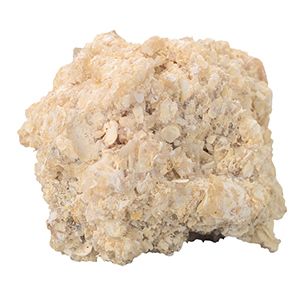
COQUINA
Fossiliferous Limestone

FOSSILIFEROUS LIMESTONE
Lithographic Limestone

LITHOGRAPHIC LIMESTONE
Oolitic Limestone
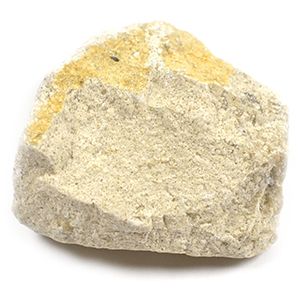
OOLITIC LIMESTONE
Travertine

TRAVERTINE
Tufa
